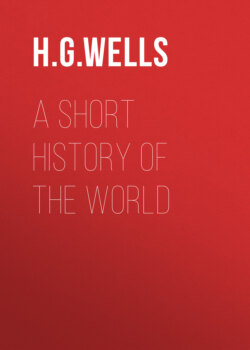Читать книгу A Short History of the World - H. G. Wells - Страница 72
На сайте Литреса книга снята с продажи.
NEOLITHIC FLINT IMPLEMENTS
Brit. Mus.
ОглавлениеAt first primitive men, with only a very rough idea of the seasons, must have found great difficulty in determining when was the propitious moment for the seed-time sacrifice and the sowing. There is some reason for supposing that there was an early stage in human experience when men had no idea of a year. The first chronology was in lunar months; it is supposed that the years of the Biblical patriarchs are really moons, and the Babylonian calendar shows distinct traces of an attempt to reckon seed time by taking thirteen lunar months to see it round. This lunar influence upon the calendar reaches down to our own days. If usage did not dull our sense of its strangeness we should think it a very remarkable thing indeed that the Christian Church does not commemorate the Crucifixion and Resurrection of Christ on the proper anniversaries but on dates that vary year by year with the phases of the moon.
It may be doubted whether the first agriculturalists made any observation of the stars. It is more likely that stars were first observed by migratory herdsmen, who found them a convenient mark of direction. But once their use in determining seasons was realized, their importance to agriculture became very great. The seed-time sacrifice was linked up with the southing or northing of some prominent star. A myth and worship of that star was for primitive man an almost inevitable consequence.
